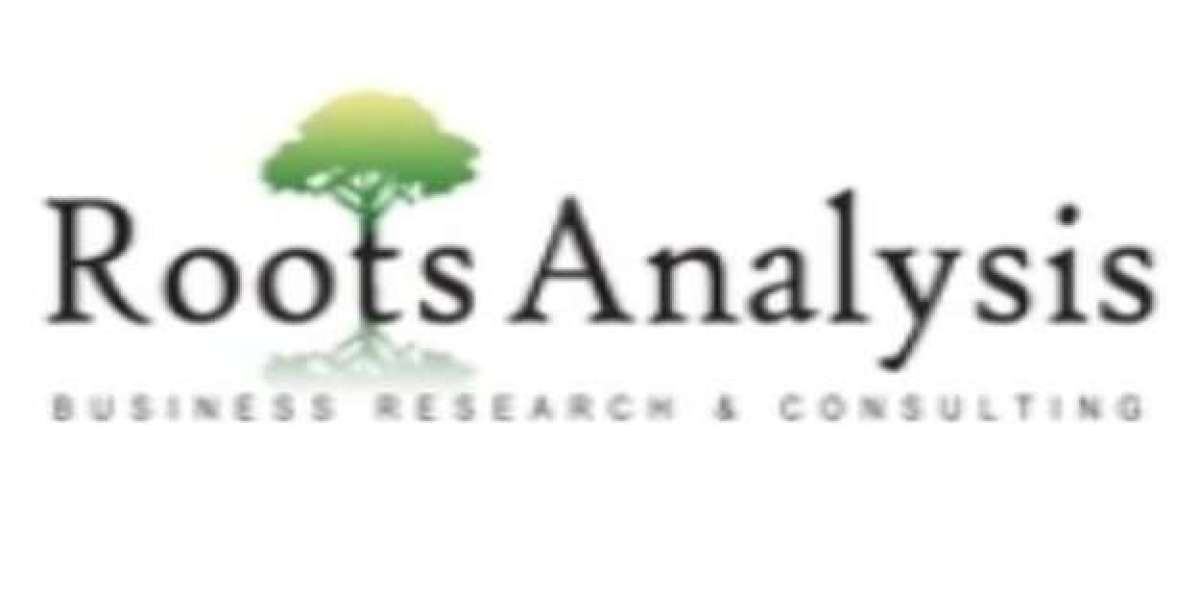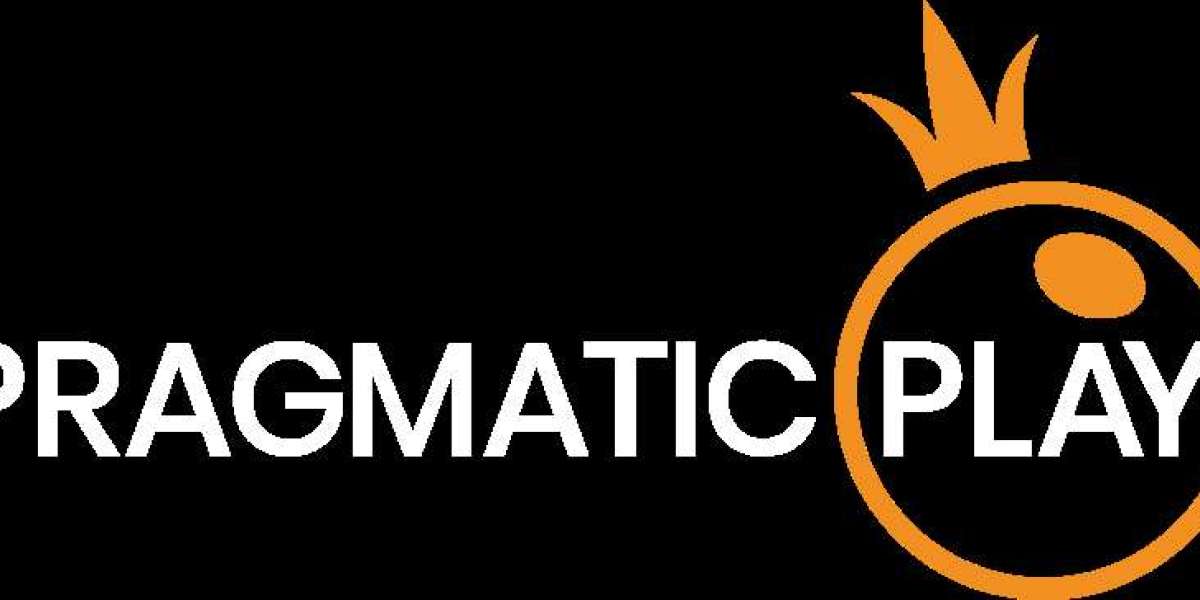This growth is driven by increasing demand for advanced diagnostic imaging technologies, fueled by the rising incidence of chronic diseases such as cancer, neurological disorders, and orthopedic conditions.
Market Growth Drivers
Key factors propelling the medical imaging market include the growing prevalence of chronic illnesses, an expanding geriatric population, and the rising need for early and precise disease diagnosis. Cancer, in particular, is a major concern with over 35 million new cases predicted by 2050, necessitating sensitive imaging technologies for early detection. Neurological diseases like Alzheimer’s, epilepsy, and Parkinson’s also require regular monitoring, further increasing demand for advanced imaging solutions. Additionally, the shift toward personalized treatment approaches is driving the adoption of sophisticated imaging systems integrated with artificial intelligence (AI) and 3D imaging technologies.
Market Segmentation
The market is segmented by type of imaging technology, equipment, patient age, product type, application area, end user, and geography:
- Imaging Technology: X-ray devices (radiography, fluoroscopy, mammography) currently hold the largest market share (~30%) due to their fast results, low radiation exposure, and digital image transfer capabilities. Magnetic resonance imaging (MRI) also commands a substantial share, supported by advancements such as higher magnetic field strengths, AI integration, ultrafast imaging, and advanced coil technologies. Computed tomography (CT) scans are expected to register the highest CAGR over the forecast period, given their high-resolution imaging critical for treatment planning and detection of bone and organ abnormalities. Nuclear imaging (SPECT and PET) is gaining traction for diagnosing internal conditions like cancer and Alzheimer’s disease.
- Equipment Type: Standalone imaging systems dominate the market owing to their widespread use in hospitals and diagnostic centers. However, mobile imaging systems are anticipated to grow rapidly, especially for remote and emergency care applications. Advanced imaging systems also hold significant market share due to innovations targeting early-stage disease detection.
- Patient Age: Adults represent the largest segment, driven by the high prevalence of chronic and orthopedic conditions in this group. This segment is expected to continue growing at a strong pace.
- Product Type: Systems (hardware and integrated imaging solutions) account for the largest market share, essential for hospital-based diagnostics. Software and services segments are also growing, particularly with AI-powered solutions enhancing diagnostic accuracy and workflow efficiency.
- Application Areas: Orthopedics leads with nearly 35% market share, reflecting the high incidence of bone injuries and conditions requiring imaging for implant placement and care. Oncology is projected to grow fastest, driven by molecular imaging, MRI, and PET-CT scans for early cancer detection and targeted therapy planning.
- End Users: Hospitals are the primary users of medical imaging technologies, holding about 45% market share due to their large patient volumes and comprehensive diagnostic services. Diagnostic imaging centers are expected to grow faster, supported by increasing awareness and preference for personalized care.
- Geographical Regions: North America dominates with a 37% market share, attributed to advanced healthcare infrastructure, high adoption of cutting-edge imaging technologies, and rising chronic disease incidence. Europe holds a substantial share, driven by research and innovation in personalized medicine. The Asia-Pacific region is forecasted to exhibit the highest CAGR, supported by expanding healthcare infrastructure, growing geriatric populations, and industrial initiatives to increase imaging technology adoption. For example, in December 2024, Bangalore Hospitals in India launched a 640-Slice CT scan technology enhancing imaging accuracy.
Market Challenges
Despite strong growth, the medical imaging market faces challenges including the high cost of advanced imaging equipment (MRI, PET-CT, AI-based systems), limited accessibility especially in rural areas due to bulky machines and specialized infrastructure requirements, and the complexity of managing large volumes of imaging data generated.
Emerging Trends
Key trends shaping the market include:
- Integration of artificial intelligence to improve diagnostic precision, real-time imaging, and workflow efficiency.
- Expansion of nuclear imaging techniques using radiopharmaceuticals for high-resolution, color-contrast images aiding in diagnosis of cancer, thyroid, and neurological diseases.
- Development of 3D imaging and wearable imaging technologies, opening new avenues for innovation and patient monitoring.
Competitive Landscape and Recent Developments
The market features numerous established and emerging players focusing on collaborations, partnerships, and technological innovation to maintain competitive advantage. For instance, in late 2024, GE Healthcare and Philips unveiled multiple AI-enabled imaging innovations at the Radiological Society of North America annual meeting, aimed at enhancing decision-making and addressing challenges like increasing patient volumes and staff shortages. Philips also partnered with icometrix to deploy AI-driven solutions for neurological MRI analysis. ZEISS renewed its collaboration with the Max Planck Florida Institute for Neuroscience to advance brain imaging technologies. United Imaging and Detection Technology showcased new magnetic resonance and X-ray detector technologies at RSNA 2024, emphasizing ongoing commitment to innovation.
Leading companies profiled in the market include Akumin, BD, Canon Medical Systems, Carestream Health, Fujifilm, GE Healthcare, Hologic, Hitachi, Johnson & Johnson, Philips, Siemens Healthcare, Shimadzu, Shenzhen Mindray, and ZEISS among others.
Conclusion
The medical imaging market is poised for sustained growth through 2035, driven by rising chronic disease prevalence, technological advancements, and increasing demand for early and precise diagnostics. While challenges such as cost and accessibility remain, innovations in AI, nuclear imaging, and portable systems are expected to enhance market penetration and efficiency. The competitive landscape is dynamic, with key players investing heavily in R&D and strategic partnerships to capitalize on emerging opportunities in this vital healthcare segment.
Thank you for reading Roots Analysis report. Kindly get in touch with Roots’ team to know more about the report or to receive a customized copy of it. Our team will ensure the report is tailored according to your needs.
About Roots Analysis
Roots Analysis is a global leader in market research, competitive intelligence and consulting services across industries. Having worked with over 750 clients worldwide, including Fortune 500 companies, start-ups, academia, and venture and strategic investors for more than a decade, we offer a highly analytical / data-driven perspective to a network of over 450,000 senior industry stakeholders looking for credible market insights. All reports provided by us are structured in a way that enables the reader to develop a thorough perspective on the given subject. Apart from writing reports on identified areas, we provide bespoke research / consulting services dedicated to serving our clients in the best possible way.
Contact Details
Roots Analysis
Gaurav Chaudhary
+1 (415) 800 3415
+44 (122) 391 1091
Gaurav.chaudhary@rootsanalysis.com
Website: https://www.rootsanalysis.com/








